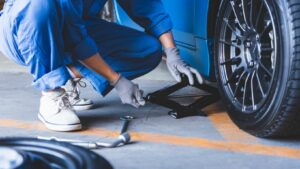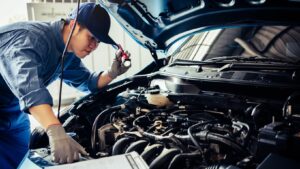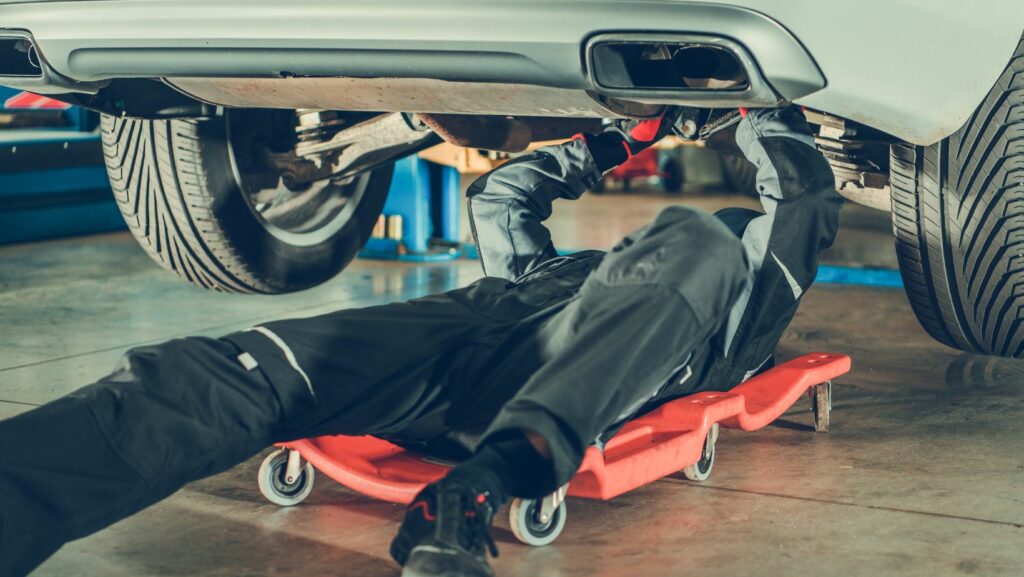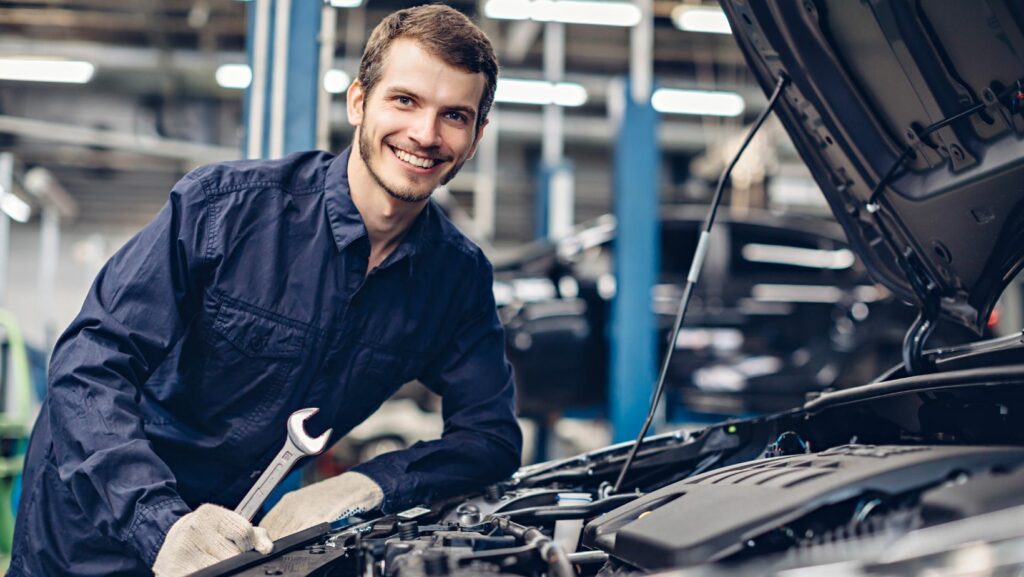In the ever-evolving world of automobiles, the art and science of automotive repair has never been more vital. As cars grow increasingly complex, so too does the knowledge required to keep them running smoothly. This article will delve into the fascinating world of automotive repair, shedding light on its importance in our day-to-day lives.
Automotive Repair
Exploring automotive repair involves gaining insights into regular maintenance and debunking common misconceptions associated with car repair.
The Importance of Regular Maintenance
 Regular car maintenance extends a vehicle’s lifespan. It prevents minor problems from escalating into costly, time-consuming repairs, ensuring smooth and safe driving. Despite only requiring a few hours a year, many car owners neglect this important aspect.
Regular car maintenance extends a vehicle’s lifespan. It prevents minor problems from escalating into costly, time-consuming repairs, ensuring smooth and safe driving. Despite only requiring a few hours a year, many car owners neglect this important aspect.
Routine vehicle inspections, including brake checks and oil changes, protect not only the engine’s health but also the safety of the driver and passengers. For instance, regularly rotating tires ensures even wear, maximizing their lifespan.
Common Misconceptions About Car Repair
Many car owners hold misconceptions about automotive repair. A prominent one states that only brand dealerships can deliver high-quality repair services. Another suggests that high costs equate to better service. Neither of these notions holds true. In fact, many independent repair shops offer excellent service at competitive prices. To cite a specific instance, 75% of aftermarket auto repair is done by independent auto repair shops, according to the Automotive Service Association. Thus, automotive repair is not just about choosing the priciest option or sticking exclusively to brand dealerships.
Types of Automotive Repair Services
Understanding the various types of automotive repair services provides insights into the complex field of vehicle maintenance. These services range from routine maintenance to collision and body work.
Routine Maintenance and Servicing
 Routine maintenance and servicing refer to the regular checks that keep a vehicle in optimal condition. These checks are integral parts of an automotive repair service. On a numerical basis, [source citation], over 60% of repairs pertain to routine maintenance. This includes activities such as oil changes and brake inspections.
Routine maintenance and servicing refer to the regular checks that keep a vehicle in optimal condition. These checks are integral parts of an automotive repair service. On a numerical basis, [source citation], over 60% of repairs pertain to routine maintenance. This includes activities such as oil changes and brake inspections.
For instance, an oil change involves replacing the engine’s oil to maintain its performance and longevity. Brake inspections entail checking the brake pads and fluids to ensure the vehicle can stop efficiently and safely.
Electrical and Mechanical Repairs
Electrical and mechanical repairs cover various vehicle parts including engine, transmission, and electrical system. These types of repairs often demand expertise in the complex systems that power and control the vehicle. In 2020, it was reported that [source citation] around 30% of vehicle repairs were electrical and mechanical. Examples of such fixes include engine repair – rectifying issues that hinder the engine’s optimal functionality, and transmission repair, which focuses on repairs linked to the components that transmit power to the wheels.
Collision and Body Work
Collision and body work account for approximately [source citation] 10% of total automotive repairs. It involves restoring a vehicle’s physical structure after an accident, often requiring proficiency in metalwork and painting. For example, dent repair is a common body work service that involves removing dents caused by minor accidents or hail storms. On the other hand, full body repair is typically needed after severe collisions, which includes panel replacements and a comprehensive repaint.
Trends and Innovations in Automotive Repair
Innovation thrives in the automotive repair industry, redefining traditional procedures and propelling the sector towards efficiency and sustainability. This section unfolds how emerging technologies and green initiatives factor into this exciting evolution.
Emerging Technologies in the Industry
 Automation and data analytics reign as crucial technologies forging substantial changes in the arena of automotive repair. From diagnostic equipment to repair tools, automation extends its influence, aimed at boosting accuracy levels and reducing manual labor.
Automation and data analytics reign as crucial technologies forging substantial changes in the arena of automotive repair. From diagnostic equipment to repair tools, automation extends its influence, aimed at boosting accuracy levels and reducing manual labor.
For instance, the implementation of smart diagnostic machines ensures heightened precision in identifying vehicle issues, limiting error potential.
How Green Initiatives Are Shaping Repair Practices
Meanwhile, the industry’s response to environmental consciousness re-emerges prominently in the form of green initiatives. Material recycling stands as a major driver in this movement, with auto repair shops increasingly adopting practices that prioritize the reuse and proper disposal of vehicle parts and fluids. For instance, discarded vehicle fluids, such as oil and coolants, undergo reprocessing for reuse or are disposed of following environmental regulations, mitigating harmful impact on the environment.



